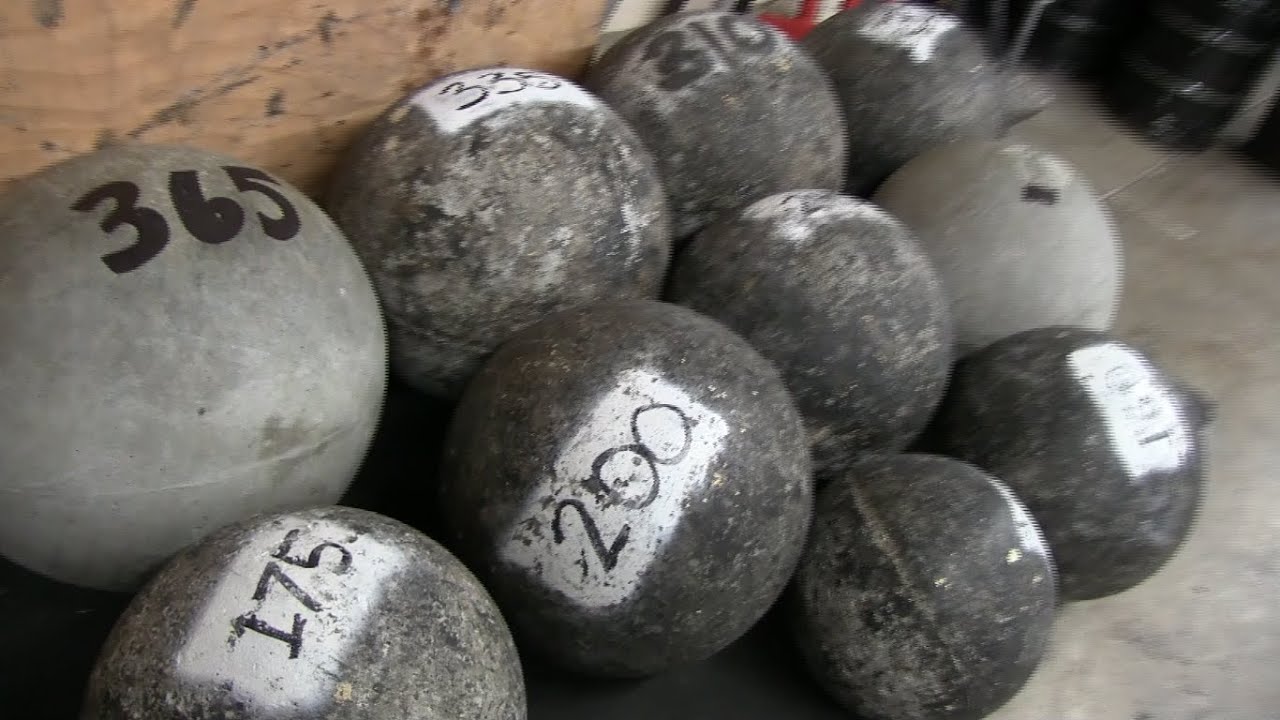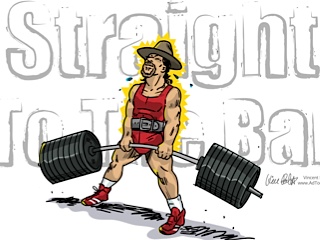
When I was at school on particularly hot days I can recall hearing a few of the kids saying ‘if it reaches 40 (104°F) we all get to go home‘. Either they were just making it up, the teachers loved the heat, or the temperature never got that high. (Interestingly, my father remembers people saying the same thing whilst he was at school. Same result.)
What do you do workout-wise when it gets this hot? The short answer is: don’t. If you’re drowning in sweat from simply sitting in front of the TV, imagine what you’ll be like after a few sets of squats.
Your options, then are simple:
- reschedule things a bit and work out in the cool of the evening or morning
- alter your workout environment
Work out in the evening
Usually this is the option I take (although the high temperatures lately have remained throughout the night), and the biphasic sleeping makes it all the more easy.
If you’re lucky enough to receive a cool breeze in the evening, make the most of it and take the workout outdoors. Kettlebell, sandbag and sledgehammer training is all great. One thing to note – avoid those PRs. It’s going to be hard enough anyway.
Alter your environment
There are several ways to do this, and most of them assume you have control over the room (such as in a home gym). If you don’t, there are still a couple of things to keep in mind.
- Cool down the room. Switch on the air conditioning, the fan or open the window. Whatever you do, keep airflow in mind – don’t bury yourself in a garage with the door closed. Especially if there’s no window in there.
- Tone down the music. In high temperatures (especially if your body isn’t used to them) your heartrate will be higher than usual – approximately 1bpm per °F above 21°C/70°F [1]. Rather than increasing it with the usual dose of metal, try something a little more soothing. Just this once.
- Decrease the humidity. Extreme humidity has just as much effect on the body as the high temperature. Lowering this will have a noticeable impact; using a refridgerative dehumidifier is the most common solution.
- Relocate. Find an air-conditioned room or a shady area outdoors. Outdoor workouts are great in any case.
Either way
Regardless of the approach taken, there are a couple of further considerations :
- Drink more water than usual. Your body will be sweating more in an attempt to cool itself down, so keep it topped up.
- Freeze some of the water. If you only have one water bottle for the gym, don’t put it in the freezer overnight; you’ll spend much of your workout staring at it like a dog at the butcher’s. Either put a few ice cubes in it, or take two (only one of which is frozen).
- Wear loose clothing. Today is not the day to try on that new t-shirt from babyGap.
- Shorten the workout. Try to keep it closer to a 30 minute fix than a 4 hour marathon.
- Keep the consumption of carb-rich foods high (these generally contain a good deal of water).
- Stay away from caffeine and alcohol. It’s only a day or so.
Warning signs
Listen to your body. If you start experiencing the effects of the heat, stop. Go and do something else.
Early signs include :
- weakness (weaker than usual, that is – inability to set new PRs doesn’t count)
- headaches (particularly if you don’t often get them)
- dizziness (you don’t really want to drop that on your foot, do you?)
- muscle cramping
- nausea
- chills
Of course, these are all things you may experience during workouts on good days. Use your judgement. In my case, if the ambient temperature is greater than body temperature (which it has been on a few occasions this week – and yes, it’s only October) I skip the workout. Or at least postpone it a few hours until things cool down.
References
1. Understanding Heart Rate
Stephen Seiler











0 Comments
Trackbacks/Pingbacks